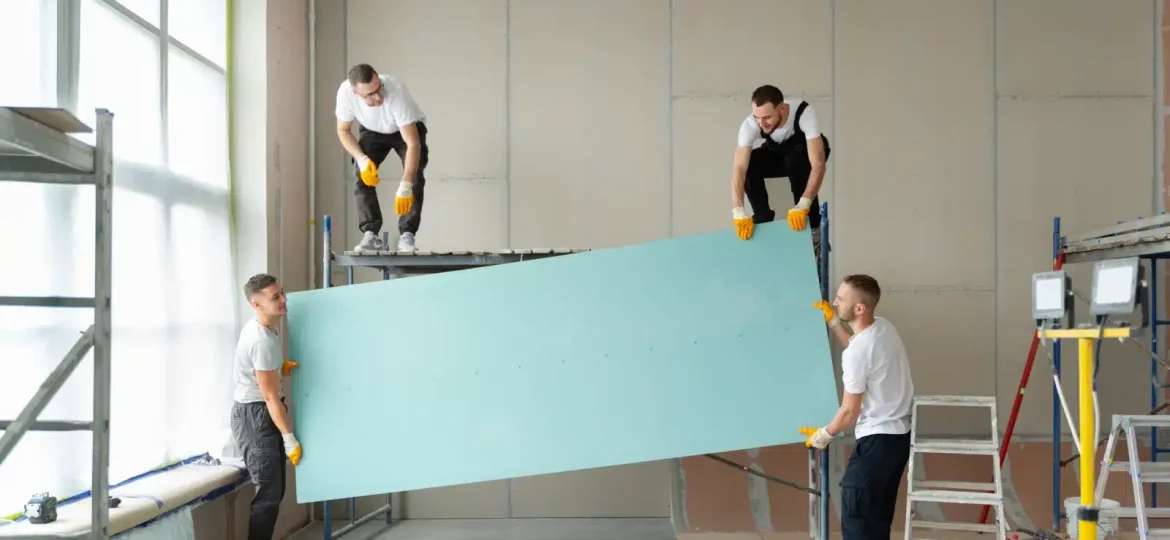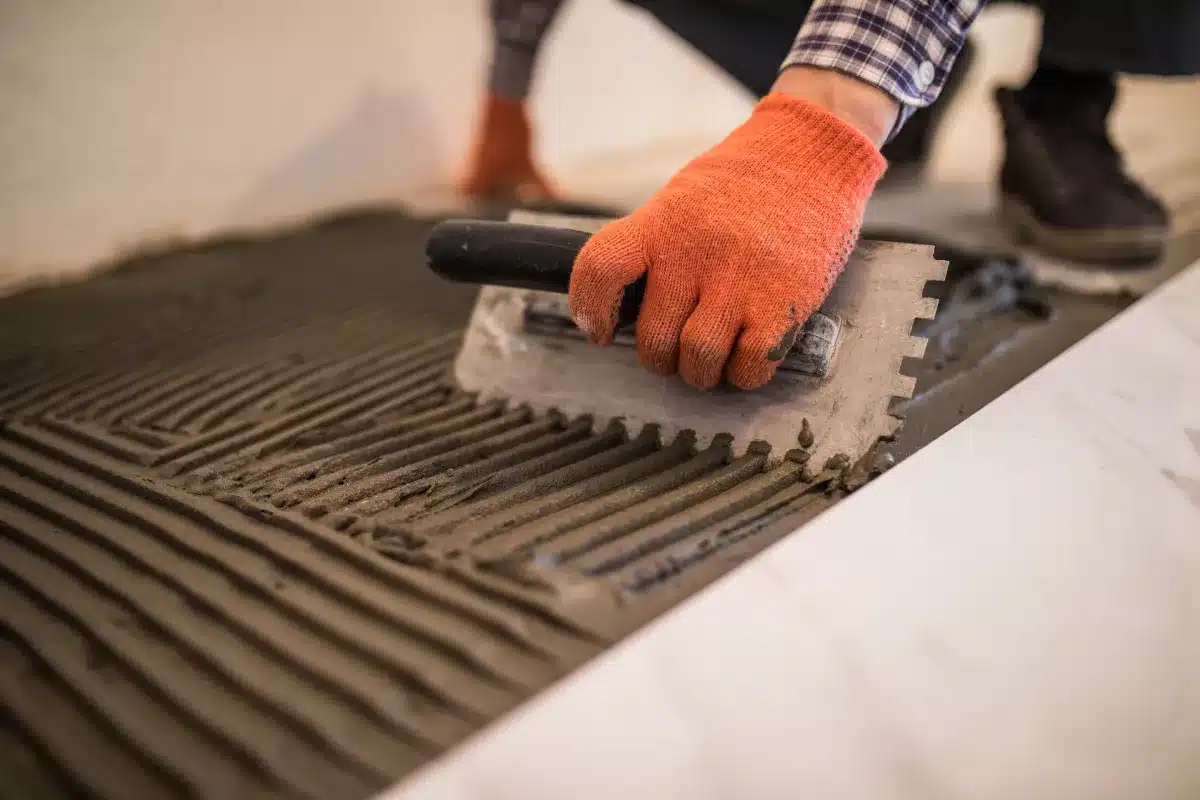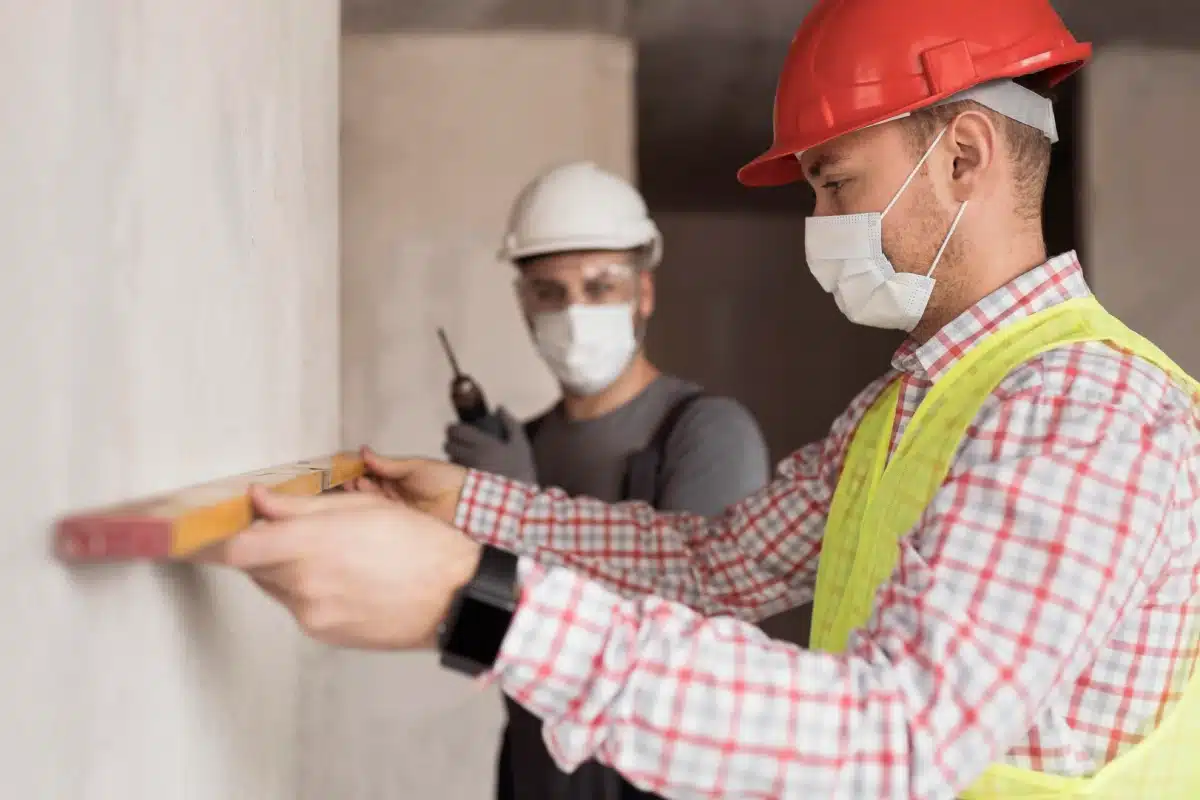
Construction finishing is the final stage that transforms a bare structure into a functional, beautiful, and durable space. It’s the difference between a building and a home or a building and a business. For investors, developers, and homeowners, mastering this phase is crucial for ensuring a high-quality final product, maximizing property value, and achieving a superior building result. While the principles of quality finishing are universal, local regulations, materials, and cultural aesthetics play a significant role, as seen in a dynamic market like construction finishing Turkey.
Understanding Finishing in Building Construction
Definition and Scope of Construction Finishing
Construction finishing encompasses all the activities that take place after the main structural work is complete and before the building is ready for occupancy, as explained in Encyclopedia Britannica – Construction Finishing. This phase includes everything from plastering walls and installing flooring to painting, installing light fixtures, and applying exterior cladding. The scope of finishing work directly impacts a building’s durability, usability, and aesthetic appeal. A well-executed finishing phase ensures the building not only looks good but also performs well for years to come.
Key Terminology and Process Flow
The finishing process typically follows a clear sequence from rough finishing to fine finishing.
- Rough finishing: This stage involves laying the groundwork for the final touches. It includes tasks like plastering walls and ceilings, laying subflooring, and installing electrical conduits and plumbing pipes. The goal is to prepare all surfaces and systems for the final applications.
- Fine finishing: This is the visible, aesthetic stage. It includes tasks such as painting, tiling, installing doors and windows, and fitting cabinetry. This is where the design vision truly comes to life.
Understanding this process flow and how finishing in building construction integrates with the overall project timeline is essential for efficient project management and avoiding costly delays.
Types of Construction Finishing
Finishing work is broadly categorized into internal and external tasks, each with its own set of materials and techniques.
Internal Finishing Works
Internal finishes define the look and feel of a building’s interior. Key tasks include:
- Plastering and painting: Applying plaster to walls and ceilings to create a smooth surface, followed by primer and paint.
- Flooring: Installing materials like tiles, hardwood, laminate, or carpet.
- Ceilings: Installing suspended ceilings, drywall, or decorative panels.
- Carpentry and joinery: Installing doors, windows, trim, baseboards, and built-in cabinetry.
In markets like Turkey, there’s a wide variety of materials available, from locally-sourced ceramics and natural stone to imported woods and paints, catering to both traditional and modern design preferences.
External Finishing Solutions
External finishes are crucial for a building’s curb appeal and its protection from the elements. This includes:
- Facade treatments: Applying various materials like stone, wood, or modern composite panels to the building’s exterior.
- Insulation: Installing thermal and acoustic insulation systems to improve energy efficiency and occupant comfort.
- Waterproofing: Applying membranes and coatings to protect the structure from moisture.
For construction finishing Turkey, external solutions must be robust enough to handle the country’s diverse climate, from the snowy winters in the east to the hot, humid summers on the Mediterranean coast.
Standards and Regulations for Construction Finishing

Adhering to standards and regulations is non-negotiable for a successful construction project.
Building Codes and Compliance
Most countries have specific building codes that dictate finishing material requirements for safety, fire resistance, moisture protection, and environmental performance. In Turkey, for instance, the Turkish Building Regulations set a high bar for material quality and installation, particularly regarding seismic resistance and fire safety. Compliance with these codes is a prerequisite for obtaining occupancy permits.
Quality Assurance Best Practices
Quality assurance involves setting and maintaining high standards throughout the finishing process. This includes:
- Inspection protocols: Regular site inspections to check for correct material application, proper curing, and adherence to specifications.
- Tolerances: Establishing acceptable deviations for things like wall plumbness, floor levelness, and tile alignment.
- Performance benchmarks: Testing materials and systems to ensure they meet their intended functional purpose (e.g., waterproofing tests, paint adhesion tests).
Latest Trends and Innovations in Construction Finishing
The world of construction finishing is constantly evolving, driven by new technologies and a growing demand for sustainability.
Modern Materials and Technologies
- Eco-friendly materials: The use of low-VOC (volatile organic compounds) paints, recycled content materials, and sustainable insulation is on the rise.
- Smart finishes: Integrating smart technologies like automated blinds, intelligent lighting, and climate-controlled floors into the finishing phase.
- Acoustic and thermal finishes: Advanced gypsum boards, special plasters, and insulations that provide superior sound dampening and energy efficiency. These are increasingly important in densely populated areas like Istanbul.
Aesthetic and Functional Design
Modern design trends often blend regional aesthetics with contemporary functionality. In Turkey, for example, it’s popular to mix traditional Ottoman or Seljuk architectural details with modern finishes, creating a unique and sophisticated look. Popular palettes often include natural, earthy tones, while textures range from smooth, polished surfaces to raw, exposed materials.
Cost Considerations and Budgeting for Construction Finishing
Effective budget management is crucial for a smooth finishing phase.
Average Cost Ranges
The cost of finishing in building construction varies widely based on location, project size, design complexity, and material choices. In Turkey, for instance, costs can be influenced by fluctuations in the Lira, import duties on foreign materials, and regional labor costs. For foreign investors, it’s essential to get detailed, itemized quotes to understand where the money is going.
Controlling Finishing Expenses
To manage costs effectively, consider these best practices:
- Detailed tendering: Get multiple, specific quotes from different contractors.
- Value engineering: Explore alternative materials or methods that offer similar quality at a lower cost without compromising on the project’s vision.
- Contract management: Clearly define all scope and material specifications in the contract to avoid extra costs and disputes later.
A Step-by-Step Guide to Achieving Quality Finishing

Success in the finishing phase requires meticulous planning and hands-on supervision.
Planning and Specification
- Set clear goals: Define the desired quality level, aesthetics, and functionality from the start.
- Create a detailed schedule: A precise timeline for each finishing task is crucial for coordinating different trades and preventing bottlenecks.
- Document everything: Maintain a comprehensive record of all material specifications, samples, and inspection reports.
Supervision and Project Management
Effective on-site supervision is the key to a flawless finish. This means:
- Proactive defect management: Regularly inspect the work and address any defects or rework immediately.
- Transparent communication: Hold regular site meetings with all contractors and project managers to ensure everyone is on the same page.
- Quality control: Don’t assume the work is being done correctly. Check everything from the quality of the plaster to the alignment of the tiles.
Working with Construction Finishing Companies
Choosing the right partner for your project is perhaps the most important decision you’ll make.
Selecting a Reliable Finishing Contractor
When evaluating a contractor, consider these criteria:
- Experience: Look for a company with a proven track record of completing projects similar to yours.
- References: Ask for and check references from past clients.
- Portfolio: Review their portfolio to assess the quality of their work and their ability to execute the style you desire.
- Contractual clarity: A reputable contractor will provide a clear, detailed contract that outlines all costs, timelines, and deliverables. For guidance on this, see our article on How to Choose the Right Construction Company in Turkey.
Communication and Cultural Considerations
For foreign clients, especially in Turkey, communication is key. Be clear about your expectations, use a translator if necessary, and ensure all agreements are documented in writing. Understanding local business culture and respecting local customs will help foster a positive and productive working relationship.
Conclusion: Raising the Bar for Construction Finishing
Mastering construction finishing is about more than just aesthetics; it’s about creating long-term value, ensuring safety, and delivering on a project’s full potential. By focusing on detailed planning, using high-quality materials, and engaging experienced professionals, you can achieve superior results.
For those undertaking projects in Turkey, navigating the market requires a blend of global best practices and local expertise. We invite you to explore our comprehensive guides on topics like building permits and turnkey construction services for deeper insights and a successful project.
FAQs
What does finishing in building construction include? It includes all non-structural work performed after the main structure is complete, such as plastering, painting, flooring, tiling, electrical fixtures, plumbing fixtures, doors, windows, and exterior cladding.
How do construction finishing standards in Turkey compare to other countries? Turkish standards are generally high, especially for modern construction, and must comply with strict building codes for seismic resistance and safety. Many reputable firms match or exceed international standards.
What are the most common mistakes to avoid when finishing a building? Common mistakes include poor planning, using low-quality materials to save money, and a lack of proper on-site supervision.
How do costs for construction finishing vary? Costs are highly variable and depend on factors such as project size, material choices, design complexity, and the local market conditions.
Are there eco-friendly options for construction finishing? Yes, the industry is increasingly adopting eco-friendly options like low-VOC paints, recycled materials, and energy-efficient insulation.
How can clients ensure high-quality finishing? By hiring a reputable contractor, creating detailed specifications, and maintaining close supervision throughout the finishing phase.
Navigating the vibrant “Turkey interior design” landscape, especially in Istanbul, requires informed decisions and reliable partnerships. By utilizing these essential tips for hiring experts, foreign investors, expats, and developers can ensure their projects are not only aesthetically pleasing but also culturally relevant, compliant, and cost-effective. For personalized advice and to explore expert local design and construction solutions for your next project, we highly recommend consulting with experienced local professionals.

